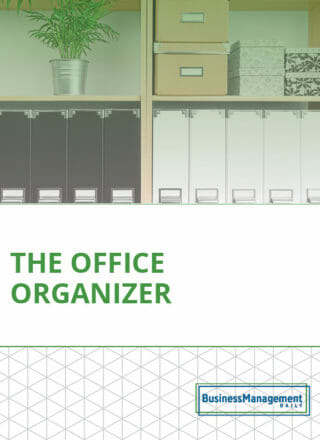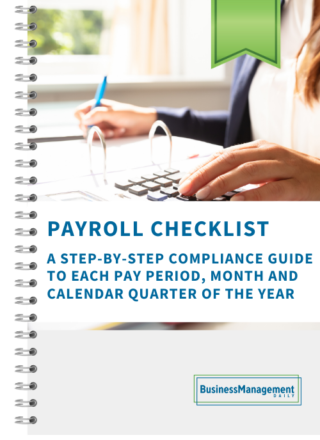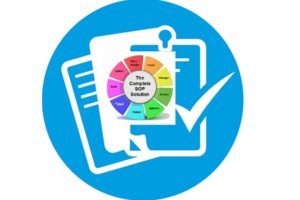Standard Operating Procedures
A standard operating procedure (SOP) can quickly go from being a “nice to have” to a “need to have” tool keeping your business operating smoothly. It’s not only useful for transitions of roles, but also when someone’s on vacation or an unexpected leave of absence.
Why should I create a standard operating procedures manual for my job?
As we become more comfortable in our jobs, we accumulate more and more processes and assume we’ll always be there to execute them. But a sudden absence or vacation, a prolonged illness or the loss of the job could result in chaos when you realize the steps of a procedure are not clear to anyone not deeply involved in it. A procedures manual guarantees new employees will grasp their tasks quickly; it also demonstrates the complexity of what you do. Finally, it both displays your organizational skills and saves you time, as it enables you and your co-workers to go on “auto-pilot.”
What sort of processes should be covered in an SOP?
Anything that is not automatically intuitive, but is essential to the flow of a workday or project, should be described in clear, numbered sequence.
What are some tips for creating my standard operating procedures?
- Divide its sections on common office procedures using tabs.
- Prepare the manual for the real job, not the job description.
- Briefly summarize why each procedure is important and what it affects.
- Create a “tools” sheet. At the beginning of every procedure being described, include a list of the things someone would need to complete all the tasks.
- Use visuals to aid training: flow charts, diagrams, screen captures and even photographs provide valuable context.
- Keep it current. Date every procedure to let everyone know when it was last updated.
- Make it available and accessible in both hard and electronic copies – but make sure the two are updated simultaneously.
















